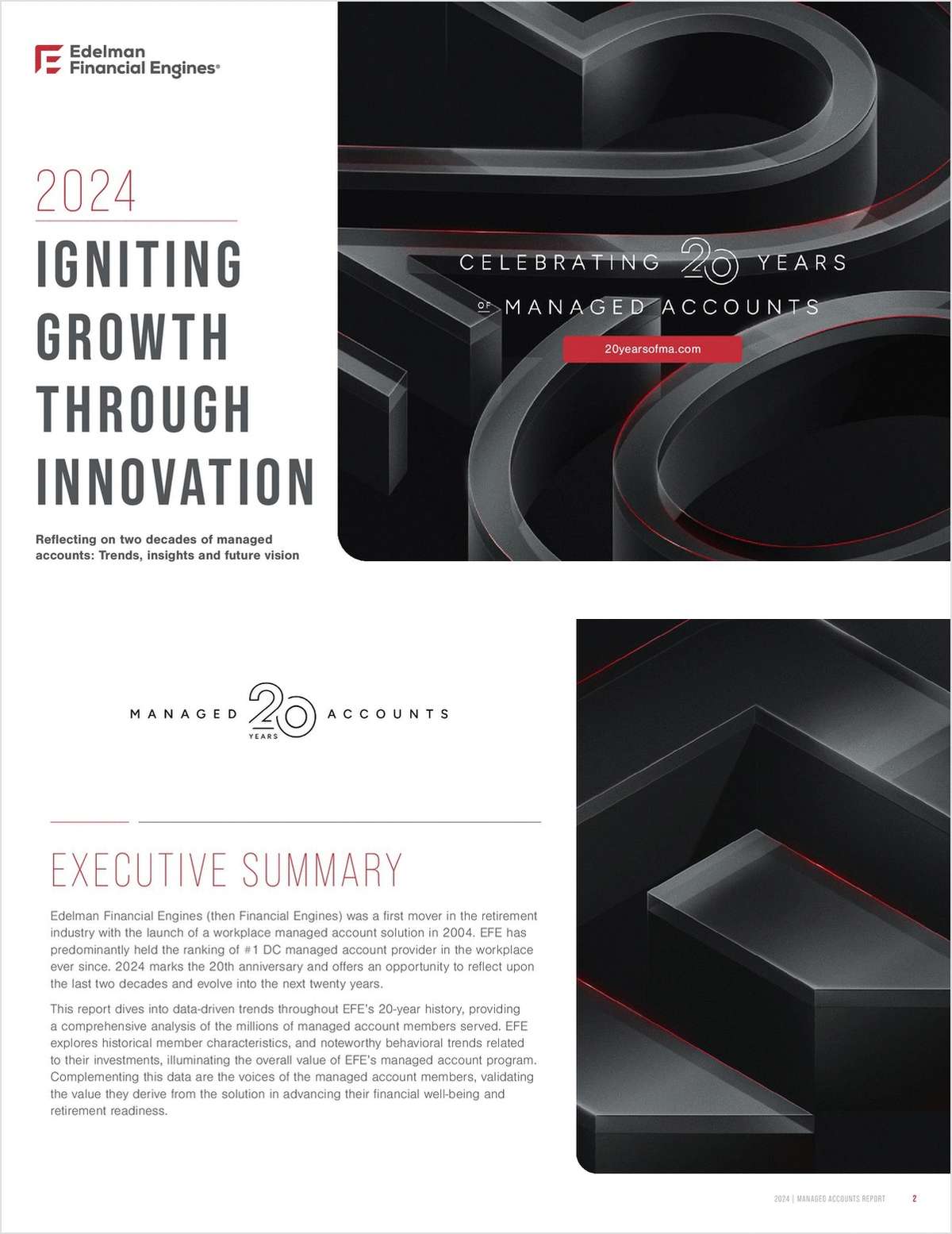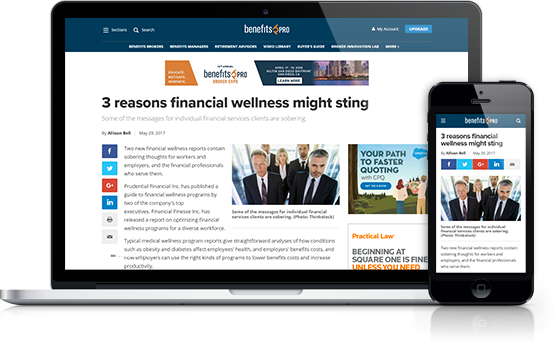How many different insurance companies does your typical clientuse for their voluntary benefit offerings? Have you broughtin one carrier to provide all voluntary products? Have you broughtin several companies? And what does the number of carriers sayabout you?
There are many reasons an employer-client might have multiple voluntary carriers. If the broker haschanged over the years, each new broker might have had differentrelationships and preferred partners. In other cases, employers mayhave their own reasons for wanting certain coverages from certaincarriers. But the most likely reason is that the current brokerrecommended different carriers for different products.
Based on repeated surveys over the last decade, brokers whobring all voluntary products from a single company aredoing so to avoid administrative complexity or to maximizecommission potential. But given the administrative solutionsavailable today, these are not necessarily client-centricmotivations. And unless the broker really believes that one companycan be the best-of-breed in every voluntary product category andevery service offered, that may result in a suboptimal benefitstrategy for the client.
Continue Reading for Free
Register and gain access to:
- Breaking benefits news and analysis, on-site and via our newsletters and custom alerts
- Educational webcasts, white papers, and ebooks from industry thought leaders
- Critical converage of the property casualty insurance and financial advisory markets on our other ALM sites, PropertyCasualty360 and ThinkAdvisor
Already have an account? Sign In Now
© 2024 ALM Global, LLC, All Rights Reserved. Request academic re-use from www.copyright.com. All other uses, submit a request to [email protected]. For more information visit Asset & Logo Licensing.








